This article contains chapter-wise important diagrams for Class 11 Botany for NEET Biology, which will help you simplify complex concepts, improve retention, and boost your chances of scoring high in NEET 2025.
Table of Contents
Important Diagrams For Class 11 Botany for NEET Biology: NEET applicants should focus on essential diagrams from key chapters like The Living World, Biological Classification, Plant Kingdom, Morphology of Flowering Plants, Anatomy of Flowering Plants, Cell: The Unit of Life, and Cell Cycle and Division. Understanding important diagrams for Class 11 Botany for NEET Biology is crucial for NEET aspirants to excel in the subject.
These visual representations help students retain information better and apply it effectively in diagram-based questions, which often carry significant weightage in the NEET exam. The NCERT textbooks for Class 11 are particularly useful as they contain numerous diagrams that clarify complex biological structures.
By focusing on chapter-specific diagrams and practising them regularly, students will not only strengthen their understanding of fundamental concepts but also improve their chances of securing higher marks in the NEET exam .
Chapter-Wise Important Diagrams for Class 11 Botany
Botany is extremely crucial for the NEET Biology test. A decent result on the NEET exam requires solid botany skills. Learning and remembering numerous important diagrams for class 11 Botany is an important element of studying botany because these are frequently used in exams.
Let's have a look at some significant Class 11 botany diagrams-
Cell: The Unit of Life, Cell Cycle and Cell Division
Plant Cell Structure
This diagram illustrates a plant cell with clearly labelled organelles like the nucleus, chloroplast, mitochondria, and vacuole. Knowing the structure and function of these components is necessary for cellular biology.

Chloroplast and Mitochondria
The diagrams of these organelles show their internal structure, such as thylakoids in chloroplasts and cristae in mitochondria, which are essential for understanding energy transformations in plants.

Stages of Mitosis and Meiosis
The diagram of cell division processes shows each phase (prophase, metaphase, anaphase, and telophase) is critical for understanding reproduction at the cellular level.
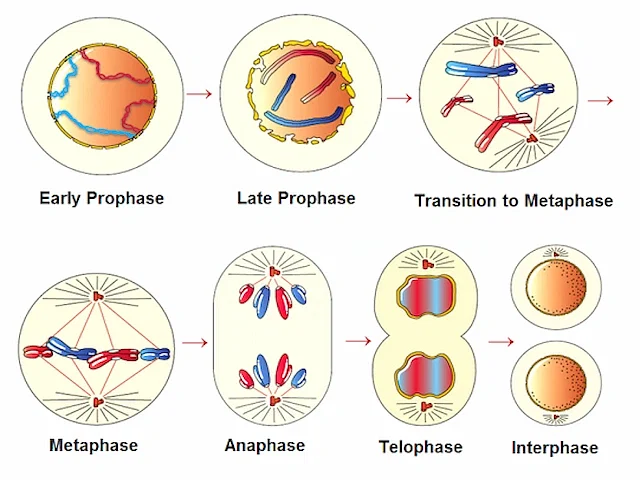
Cell Cycle Representation
A visual representation of the entire cell cycle, showing interphase (G1, S, G2 phases) and mitotic phases, helps in answering questions related to cell growth and division.
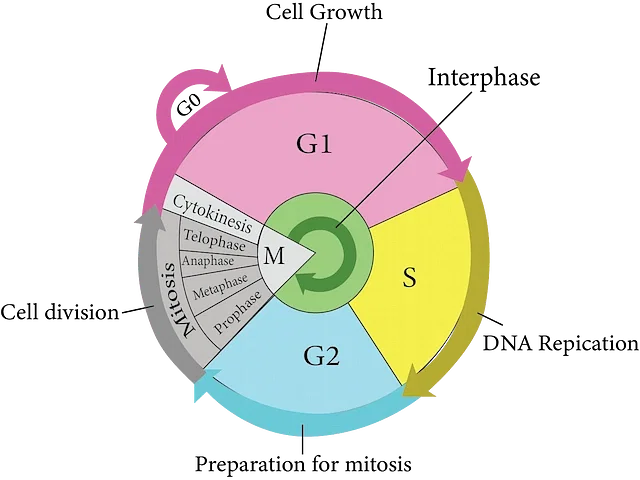
Also Read: Last Minute Biology Revision for NEET – Zoology and Botany Tips
Biological Classification
Structure of Fungi (e.g., Rhizopus)
The diagram illustrates the structure of a typical fungus, showing hyphae and sporangia. Rhizopus is a common example used in NEET to explain fungal reproduction.

Bacterial Cell Structure
Understanding the anatomy of a bacterial cell, including structures like the cell wall, plasma membrane, and nucleoid, is vital for questions related to prokaryotic cells.
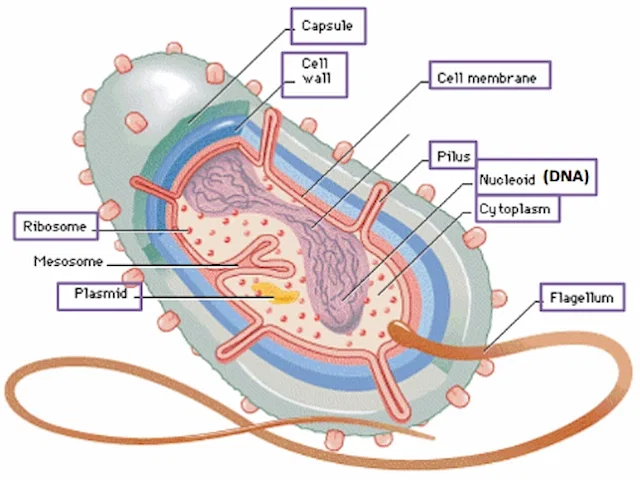
Also Read: NEET Biology Chapter Wise Weightage- Download PDF
Plant Kingdom
Lifecycle of Algae, Bryophytes, Pteridophytes, and Gymnosperms
These diagrams explain the alternation of generations, showing both gametophytic and sporophytic stages. It is critical to understand these lifecycles for plant biology questions.
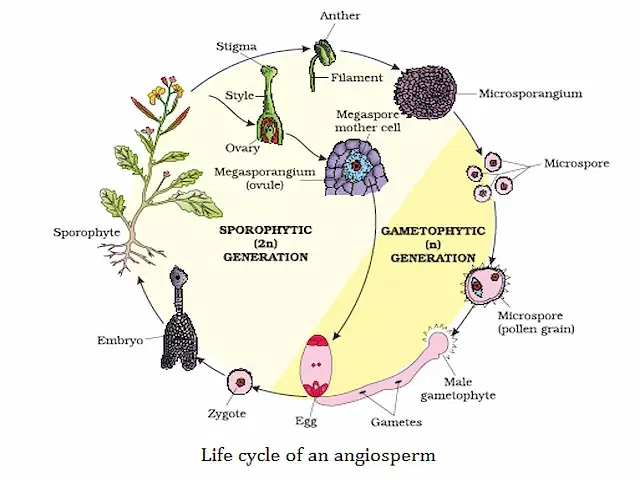
Structure of Flowering Plants
This includes diagrams of parts of a flower, seed structure, and embryo development. These are high-scoring areas in NEET as they test your knowledge of angiosperm structures.
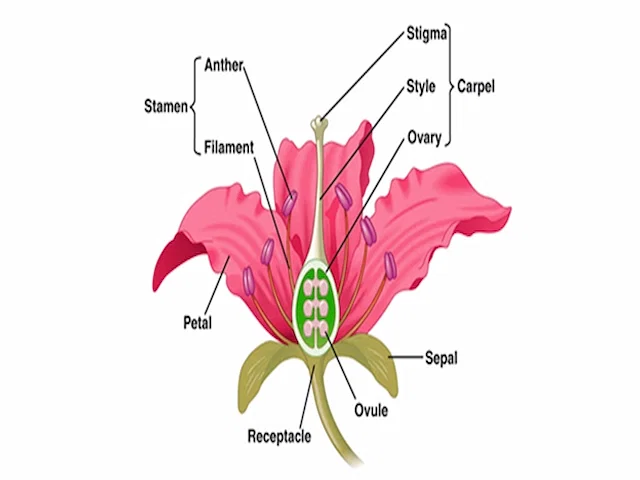
Also Read: NEET Sample Paper: Download Model Question Paper PDF
Morphology of Flowering Plants
Diagrams of Root, Stem, Leaf, Flower, and Fruit
Understanding the external morphology of flowering plants, including root types, stem modifications, and leaf arrangements, is essential for visual-based questions in NEET.

Different Types of Inflorescence
Inflorescence diagrams are frequently asked in NEET, showing different patterns of flower arrangement on a plant.
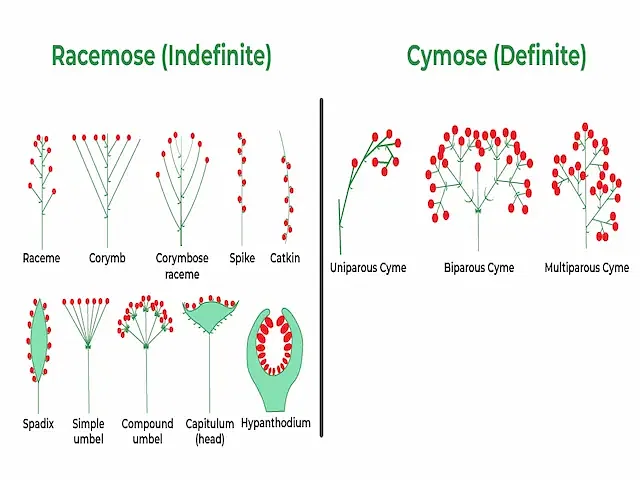
Also Read: NEET Deleted Syllabus: Know Reduced Chapters
Anatomy of Flowering Plants
Structure of Dicot and Monocot Roots, Stems, Leaves
Comparing the internal structures of dicot and monocot plants through detailed diagrams helps in identifying key differences, which is a frequently asked topic in NEET.
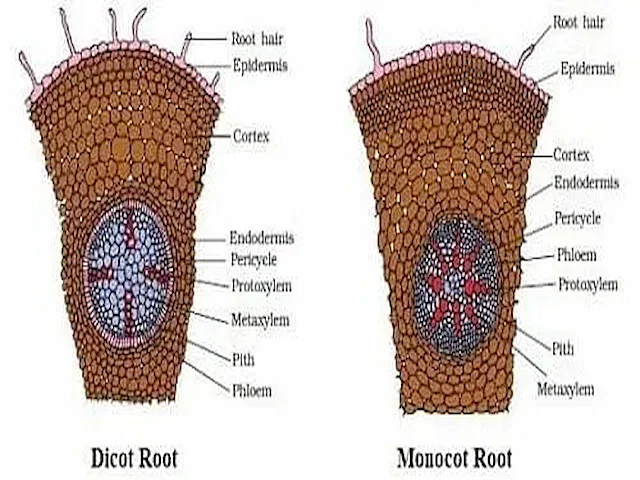
Secondary Growth in Plants
This diagram shows the process of secondary growth in dicot plants, highlighting the vascular cambium and secondary xylem and phloem, which is crucial for plant anatomy questions.
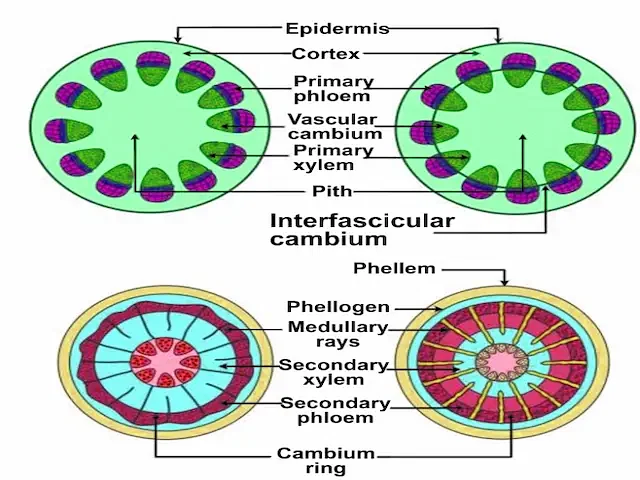
Also Read: Best Day Wise Revision Strategy for NEET 2025: Timetable, Study Guide, Tips
Importance of Diagrams in NEET Biology
Diagrams are important in Class 11 NEET Biology for a variety of reasons-
- Visual Learning: NEET test diagrams help students picture complicated biological ideas, making them easier to understand and retain.
- Memory Retention: Visual aids are more easily remembered during exams. Seeing a diagram generates a mental image that aids in the retention of knowledge for longer periods of time.
- Exam Preparation: NEET exams frequently include diagram-based questions. Being able to design and analyze these diagrams can result in higher grades.
- Concept Clarity: Class 11 Botany diagrams divide complex operations into small steps. Step-by-step pictures, for example, make it easier to understand photosynthesis and cell division.
- Quick Revision: Diagrams are an efficient approach to reviewing crucial subjects. Instead of reading long paragraphs, you can quickly look at a diagram to remember the full concept.
Also Read: Best Biology Books for NEET Preparation - Botany and Zoology
How to Study and Practice Class 11 Botany Diagrams for NEET?
To ace the NEET Biology exam, applicants should practice and review diagrams on a consistent basis. The following are study approaches for improving knowledge and memory of key ideas in NEET Botany.
- Practice drawing: Regularly practice drawing the important diagrams for class 11 Botany. This can help you remember more details and improve your drawing skills, both of which are necessary for the exam.
- Label Correctly: Make sure that all of the diagram's components are properly labelled. Incorrect labelling might lead to lost marks.
- Group Study: Studying with friends can help you learn more effectively. You can quiz one other on various diagrams and their components.
- Use Flashcards: Make flashcards with diagrams on one side and labels on the other. This is an excellent way to test your knowledge and improve your memory.
- Use colour coding: Colour coding emphasizes distinct elements of the diagram. This makes them easier to recall and more visually appealing.
- Refer to multiple sources: Consult extra reference books or internet resources to improve your grasp of the diagrams.
Also Read: NEET 2024 Last 10 years Question Paper PDF

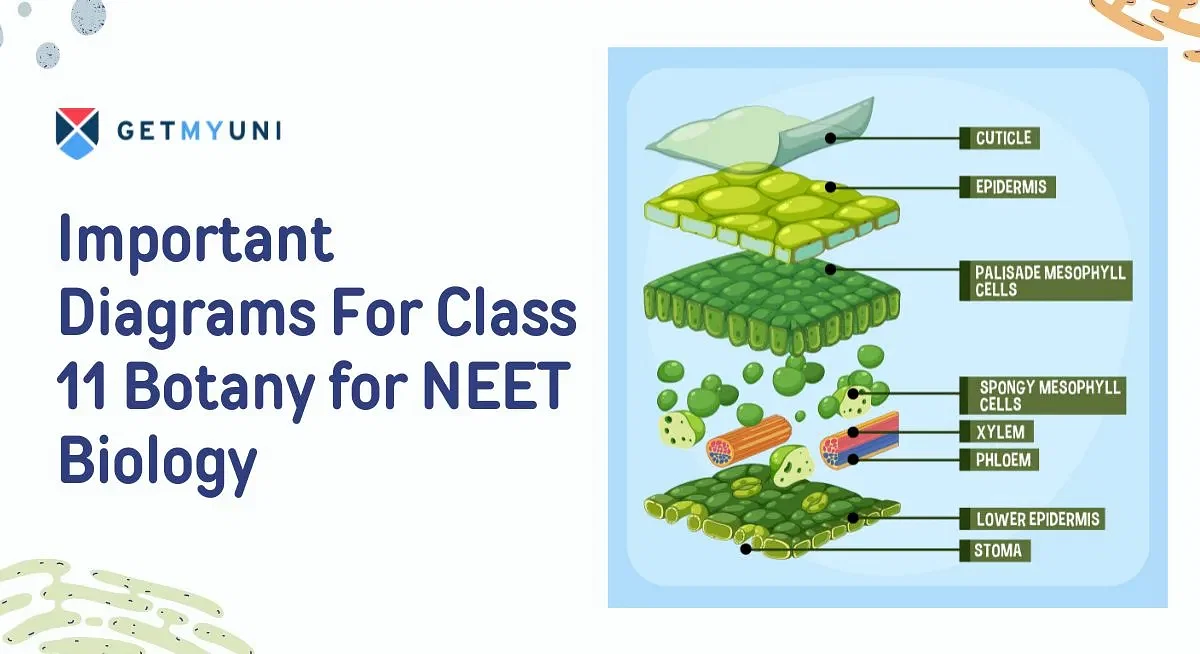

![Banaras Hindu University, [BHU] Varanasi](https://media.getmyuni.com/azure/college-image/small/banaras-hindu-university-bhu-varanasi.jpg)
![Jamia Millia Islamia [JMI]](https://media.getmyuni.com/azure/college-image/small/jamia-millia-islamia-university-new-delhi.jpg)
![Manipal Academy of Higher Education, [MAHE] Manipal](https://media.getmyuni.com/azure/college-image/small/manipal-university-mu-manipal.jpg)
![Aligarh Muslim University, [AMU] Aligarh](https://media.getmyuni.com/azure/college-image/small/aligarh-muslim-university-amu-aligarh.jpg)


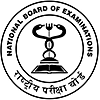
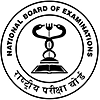





















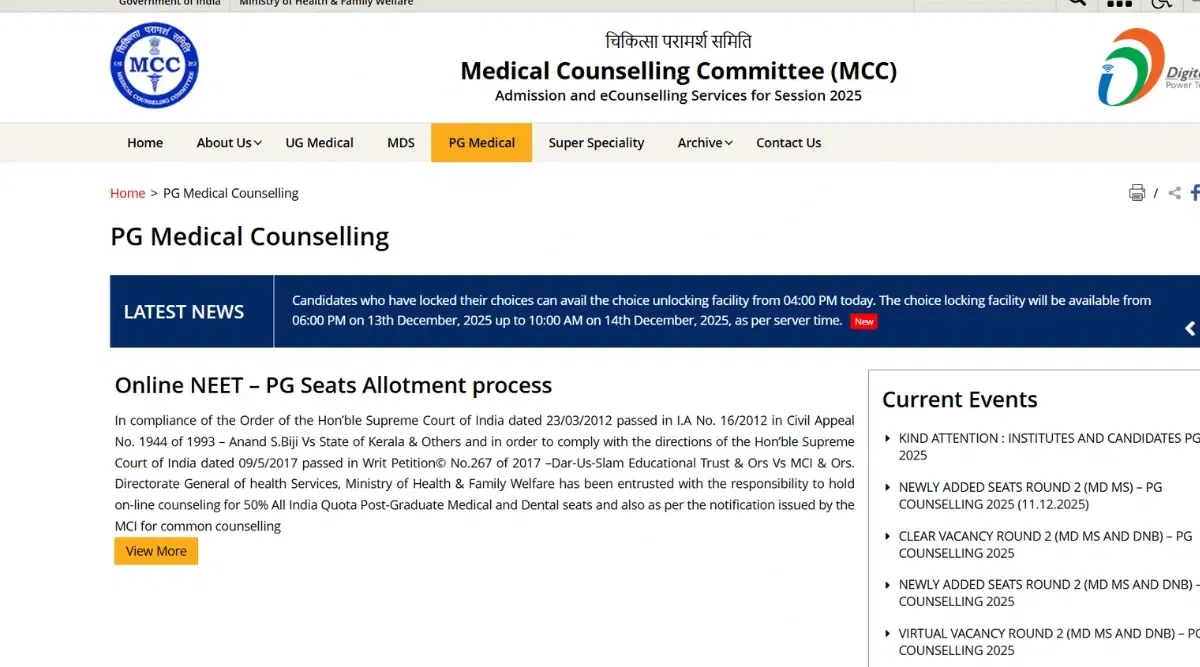




POST YOUR COMMENT